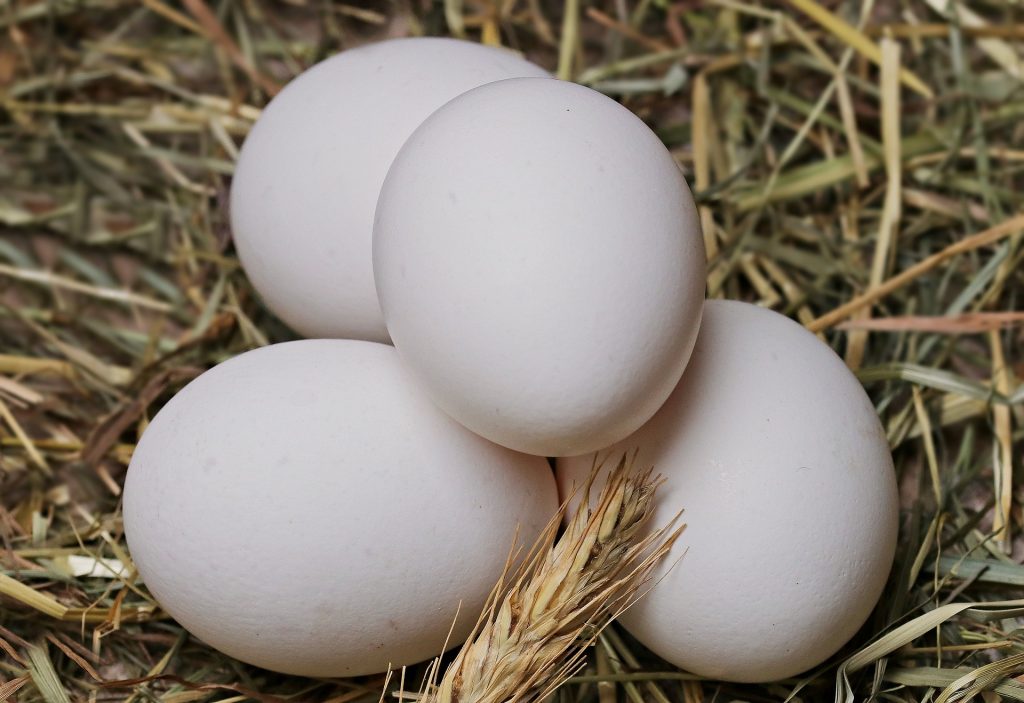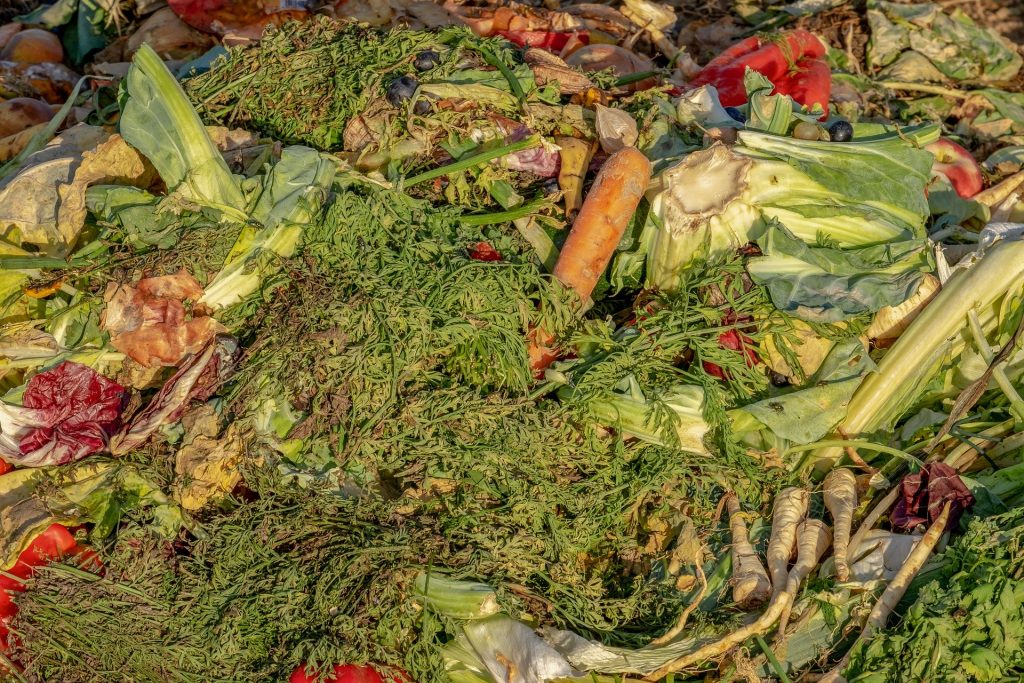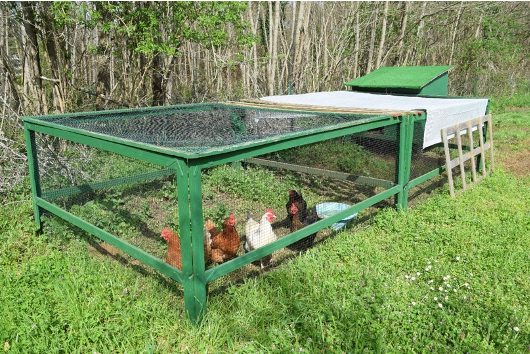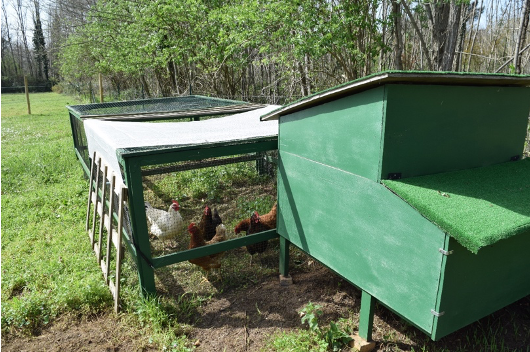Having hens in the garden
This article has been translated with Google Translate. You may find language incoherences but we hope your comprehension won’t be compromised.
Any good permaculturist will say that chickens are very good allies in the garden. We will see in this article why and what precautions to take for your hens to thrive.
The most obvious argument for raising chickens is, of course, to produce fresh eggs regularly. No egg purchased will taste or color your own production and with 3 to 5 eggs per week per hen you may not need to buy any more.
You can have a laying hen for around € 10 or even € 20 if it’s a racy hen. If we look at the cost of an egg, 0.22 € on average, the purchase pays for itself in less than 6 months whereas a hen lays normally for 3 years and then less and less until she is 8 years old. Plus, you know where the eggs come from and what conditions the chickens live in since they’re your own!
Prices in France

As a gardener, hens will come in handy for 3 main reasons. They will only bite slugs, snails and other ant eggs in a mouthful and protect your vegetable garden from these pests more effectively than you. By scraping up the dirt, they aerate it and remove moss which tends to grow in the grass and suffocate it. In winter, they chew up the work of preparing your plantations! Finally, the droppings of these gallinaceae contain phosphorus, potassium and calcium in addition to a high concentration of nitrogen.
If they are free range, it will give your garden a boost. Otherwise, collect them and put them in the compost to avoid burning the roots (when you are told that it is concentrated in nitrogen, we are not kidding!).
The hen is an omnivorous animal and can consume up to 0.4kg of organic waste per day. So you can get rid of your leftover meals, cheese crusts and even leftover meat cleanly. If you don’t have any compost you can also feed it your vegetable peelings. 2 hens can thus reduce the weight of all the waste produced by a family of 4 by 20%! If you also choose to breed a racy or say « rare » species, you are helping to save biodiversity without much effort, and that’s cool. Almost as much as seeing them waddle and bicker in front of you.

However, there are a few recommendations to follow to prevent your hens from becoming a problem. The main one being to feed them in the morning. This is because chickens only eat during the day, and if you leave food out in the open all night you may attract rats. The second is to protect your chickens from foxes, martens or large birds of prey. To do this, you can either lock them up in their hut at night, or let them roam in a wire enclosure on all sides, including towards the sky.
Here is an example of a working chicken coop found in the south of France.
Here, the henhouse is made up of 2 parts: the hut and the enclosure. The set is removable so the chickens can be moved weekly so they always scrape fresh grass and act as a mower. The cabin is elevated and everything is fenced to prevent wild animals from entering.
With 5 chickens, the family collects an average of 3 to 4 eggs per day, enough to cope with their children’s stomachs!

